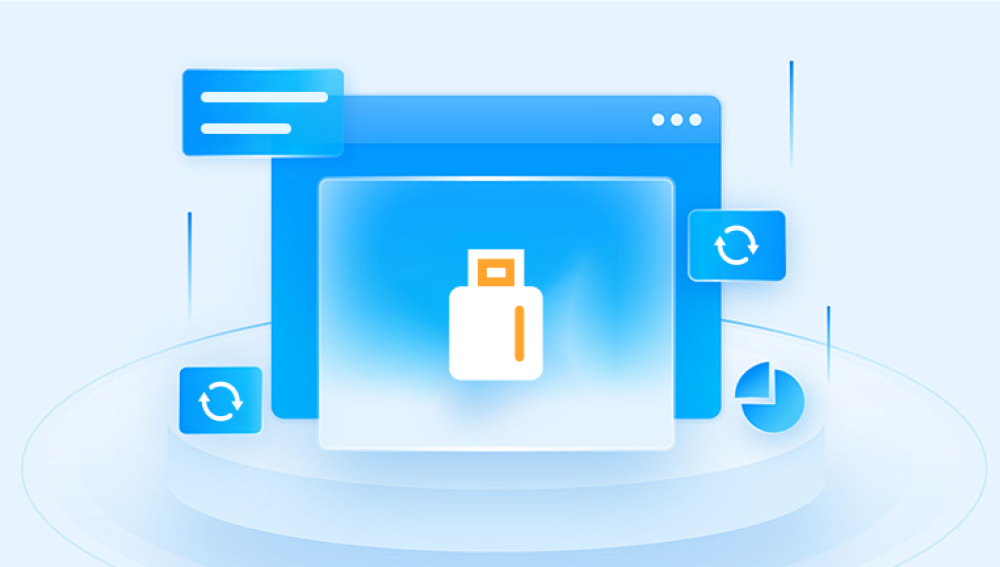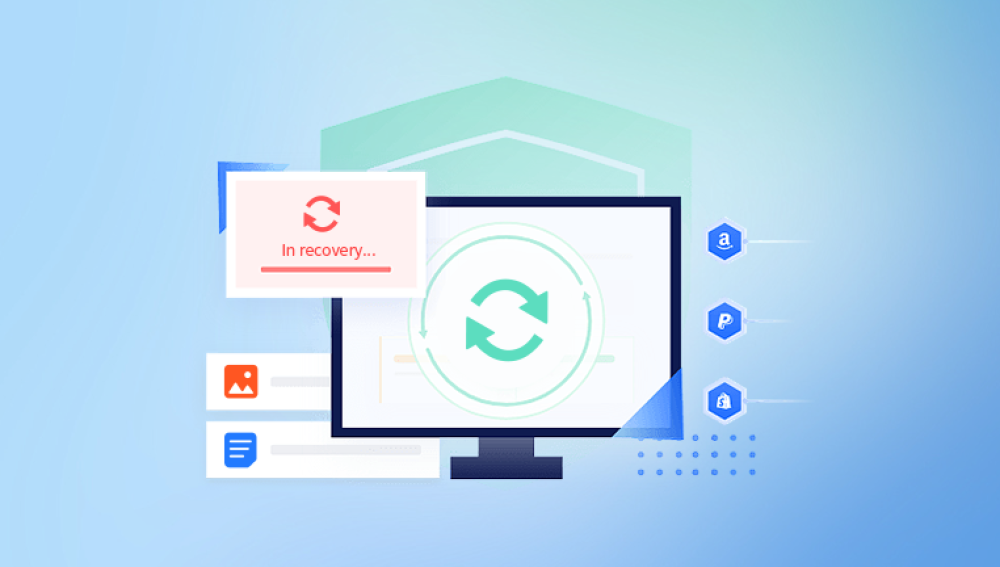Transwiz is a straightforward tool for migrating user profiles between different Windows installations. It's particularly useful when upgrading or reinstalling Windows, or when moving to a new PC.
1. Introduction to Transwiz
Transwiz is a free tool developed by ForensiT, designed to simplify the process of transferring user profiles between different Windows systems. It captures the entire user profile, including all settings, files, and configurations, and then allows you to restore it on another system.
Key Features:
Ease of Use: Transwiz is designed with simplicity in mind. It offers a wizard-like interface that guides you through the migration process step by step.
Compatibility: It supports a wide range of Windows versions, including Windows 7. 8. 10. and even older systems like XP.
Efficiency: Transwiz efficiently compresses the user profile data into a single archive file, making it easy to transfer.

2. Preparing for Profile Migration
Before you begin the profile migration process, it’s important to prepare both the source and target systems to ensure a smooth transfer.
2.1. Preparing the Source System
Backup Important Data: Even though Transwiz is reliable, it’s always a good idea to back up important files separately, just in case something goes wrong during the migration.
Clean Up the Profile: Remove any unnecessary files and applications from the user profile to minimize the size of the migration package.
2.2. Preparing the Target System
Create a New User Account: On the target system, create a new user account where the profile will be restored. Ensure that this account has administrative privileges.
Install Transwiz: Download and install Transwiz on both the source and target systems. You can download it from the official ForensiT website.
3. Using Transwiz to Export a User Profile
Once the preparation is complete, you can start the migration process by exporting the user profile from the source system.
3.1. Launching Transwiz
On the source system, log in to the user account that you want to migrate.
Launch Transwiz. You will be greeted with a simple interface with two main options: "Transfer data to another computer" and "Restore data from another computer."
3.2. Selecting the Profile to Transfer
Choose the option "Transfer data to another computer."
Transwiz will display a list of user profiles available on the system. Select the profile you wish to transfer.
If the profile is protected by a password, you will need to enter it.
3.3. Choosing a Destination for the Profile Archive
You will be prompted to choose a location where the profile archive will be saved. This can be an external hard drive, USB drive, or a network location.
Choose a location with sufficient space to store the entire profile.
3.4. Naming the Profile Archive
You can provide a name for the profile archive. By default, Transwiz will use the profile name and the current date.
After naming the archive, click "Next" to begin the export process.
3.5. Export Process
Transwiz will begin exporting the user profile, compressing it into a single .ZIP file.
The time taken for this process depends on the size of the profile and the speed of the storage device.
Once completed, you will see a confirmation message. The profile is now ready to be transferred to the target system.
4. Using Transwiz to Import a User Profile
Now that the user profile has been exported, you can proceed to import it on the target system.
4.1. Transferring the Profile Archive
Transfer the profile archive (the .ZIP file created by Transwiz) to the target system. This can be done via USB, external hard drive, or over a network.
4.2. Launching Transwiz on the Target System
On the target system, log in to the account you created earlier.
Launch Transwiz and choose the option "Restore data from another computer."
4.3. Selecting the Profile Archive
Browse to the location where you saved the profile archive and select the .ZIP file.
Click "Next" to proceed.
4.4. Choosing the Destination User Account
Transwiz will prompt you to select the user account where the profile should be restored.
Choose the account you created earlier. If you want to create a new account specifically for this profile, Transwiz gives you that option as well.
4.5. Import Process
Transwiz will begin importing the user profile into the selected account. This process may take some time, depending on the size of the profile.
Once the import is complete, you will see a confirmation message.
5. Post-Migration Steps
After the profile has been successfully migrated, there are a few additional steps you should take to ensure everything is working properly.
5.1. Verify the Profile
Log out of the current account and log in to the account where the profile was restored.
Verify that all files, settings, and applications have been successfully transferred.
5.2. Reconfigure Settings (if needed)
Some settings, particularly those related to network configurations or hardware, may need to be reconfigured on the new system.
Check applications that were part of the profile to ensure they are functioning correctly.
5.3. Install Missing Drivers or Software
Depending on the hardware differences between the source and target systems, you may need to install missing drivers or software.
6. Troubleshooting Common Issues
While Transwiz is generally reliable, there are some common issues you may encounter during the migration process. Here’s how to troubleshoot them:
6.1. Profile Import Fails
Error Messages: If you receive an error message during the import process, carefully read it for clues. Common issues include insufficient disk space or permissions issues.
Check Profile Archive: Ensure the profile archive isn’t corrupted. If possible, try extracting it on another system to see if it’s intact.
6.2. Missing Files or Settings
Partial Import: If some files or settings didn’t transfer, it might be due to system differences. Consider manually copying over the missing items.
Compatibility Issues: Some settings might not be compatible between different versions of Windows. In such cases, you may need to adjust them manually.
6.3. Applications Not Working
Reinstallation: Some applications may require reinstallation on the target system due to differences in system configurations or missing dependencies.
7. Advanced Tips and Best Practices
7.1. Using Transwiz with Domain Profiles
If you are migrating domain profiles, ensure that the target system is properly connected to the domain before attempting to restore the profile.
Consider using Transwiz in conjunction with tools like User State Migration Tool (USMT) for large-scale migrations.
7.2. Automating the Process
For IT professionals managing multiple migrations, consider scripting the process using Transwiz command-line options. This can streamline the process and reduce manual intervention.
7.3. Handling Encrypted Profiles
If the user profile is encrypted (e.g., using BitLocker or EFS), ensure that the target system can decrypt the data. Transwiz itself does not handle encryption, so decryption must be managed separately.
8. Conclusion
Transwiz is a powerful yet easy-to-use tool for migrating user profiles between different Windows systems. By following the steps outlined in this guide, you can ensure a smooth and successful migration process. Whether you’re upgrading to a new PC, reinstalling Windows, or moving between different versions of the operating system, Transwiz simplifies the task of preserving user data and settings.
9. Additional Resources
ForensiT Official Website: https://www.forensit.com/
Windows User Profile Best Practices: Microsoft’s documentation on managing user profiles can provide further insights into handling profiles on various Windows versions.
If files are lost during the migration process, you can choose our Drecov Data Recovery software to repair various types of files.




